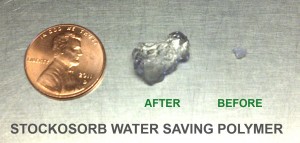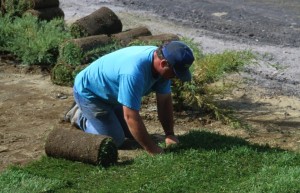When Is Sod Available for Pick-Up or Delivery?
Category : Knowledge , Ordering Info , Products
SOD CAN BE DELIVERED OR YOU CAN PICK UP AT OUR MORIARTY FARM.
WE NO LONGER SELL SOD FOR LOCAL RETAIL PICK-UP IN ALBUQUERQUE.
MORIARTY FARM:
- The Farm is open to the public Monday through Friday 9:00 AM to 3:15 PM, but we close for lunch from 12 PM to 1 PM.
- MORIARTY FARM PURCHASES ARE PREFERABLY PAID BY CREDIT CARD (CASH IS ACCEPTED AS AN ALTERNATIVE) AT THE FARM OR IF SENDING SOMEONE TO PICK UP FOR YOU CALL DURING OUR OFFICE HOURS 8 AM- 11 AM (505) 832-4247 TO PRE-PAY FOR SOD
- MORIARTY FARM PURCHASES ARE PREFERABLY PAID BY CREDIT CARD (CASH IS ACCEPTED AS AN ALTERNATIVE) AT THE FARM OR IF SENDING SOMEONE TO PICK UP FOR YOU CALL DURING OUR OFFICE HOURS 8 AM- 11 AM (505) 832-4247 TO PRE-PAY FOR SOD
- Sod is cut fresh for you when you arrive at the farm to pick it up. We never cut orders at the farm ahead of time, as we really don’t want to see our beautiful sod go to waste if someone decides they cannot pick it up. Cutting it fresh does not take much time out of your day – about 10 minutes to cut one pallet of sod (455 sq ft). You won’t have to wait very long to get the freshest cut sod available in the Southwest.
SOD DELIVERY OR PICK UP AT FARM:
- Sod can be paid for at the farm by cash or card.
- We deliver sod Tuesdays through Fridays.
Fridays are our busiest delivery days, so we recommend that you call well in advance, if you wish to have your sod delivered on a Friday. We do not deliver on Saturdays. - Currently, we are cutting our Bluegrass Hybrid blend.
We are not cutting any Park Blend or Fescue Blends at this time. (However, we still have fescue seed for sale…for a limited time.) - The delivery fee is dependent upon location. Please call 505-832-4247 for delivery costs.
PAYING FOR YOUR ORDER:
- Deliveries must be paid at least 24 hours before your scheduled delivery day.
- Deliveries can ONLY be paid over the phone (505-832-4247) via credit card and your receipts will be emailed to you, if requested.
- You can pay by credit card (preferred) or cash for sod pickups at the farm, and call our office M-F 8 AM-11 AM to figure out the total for your order.


